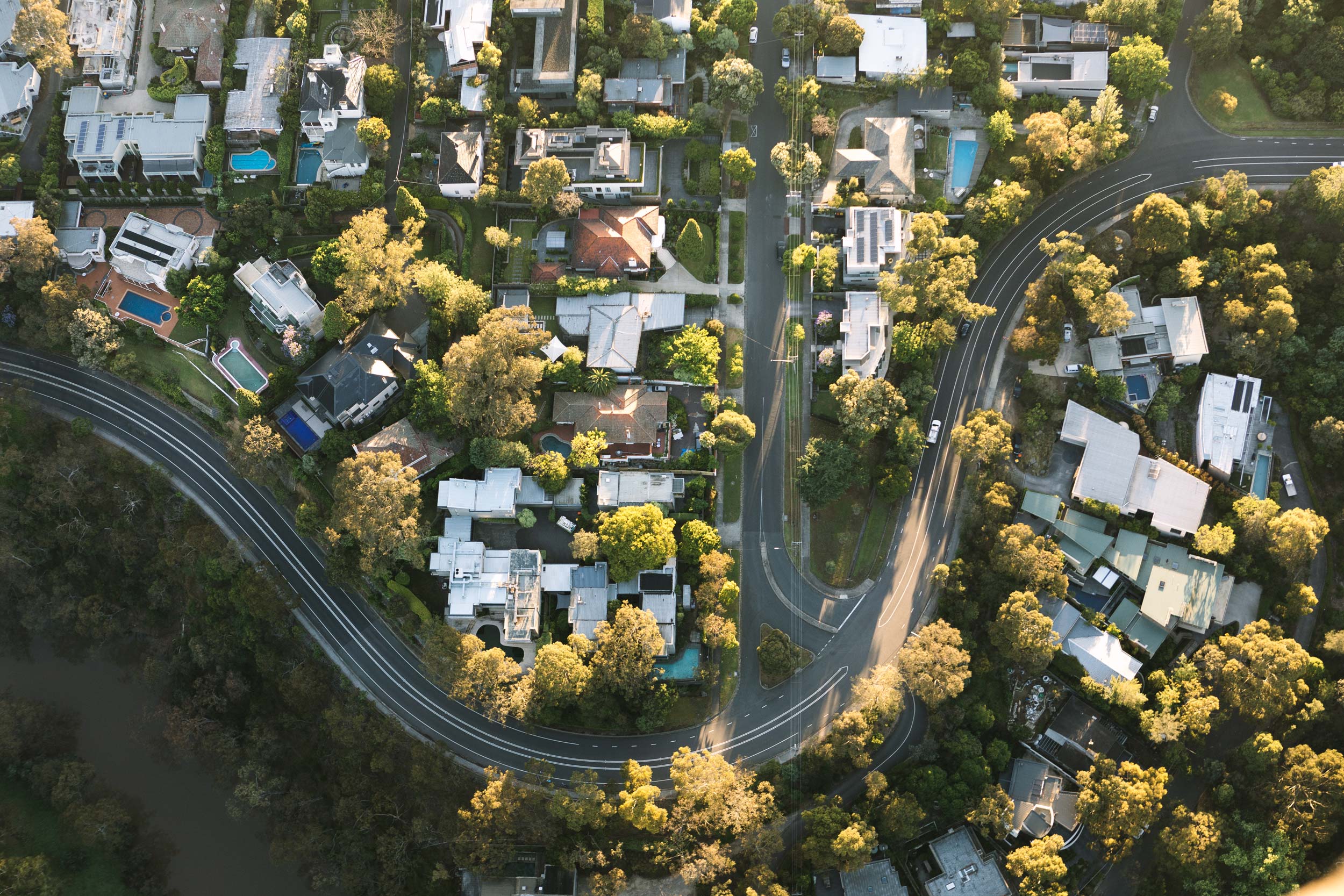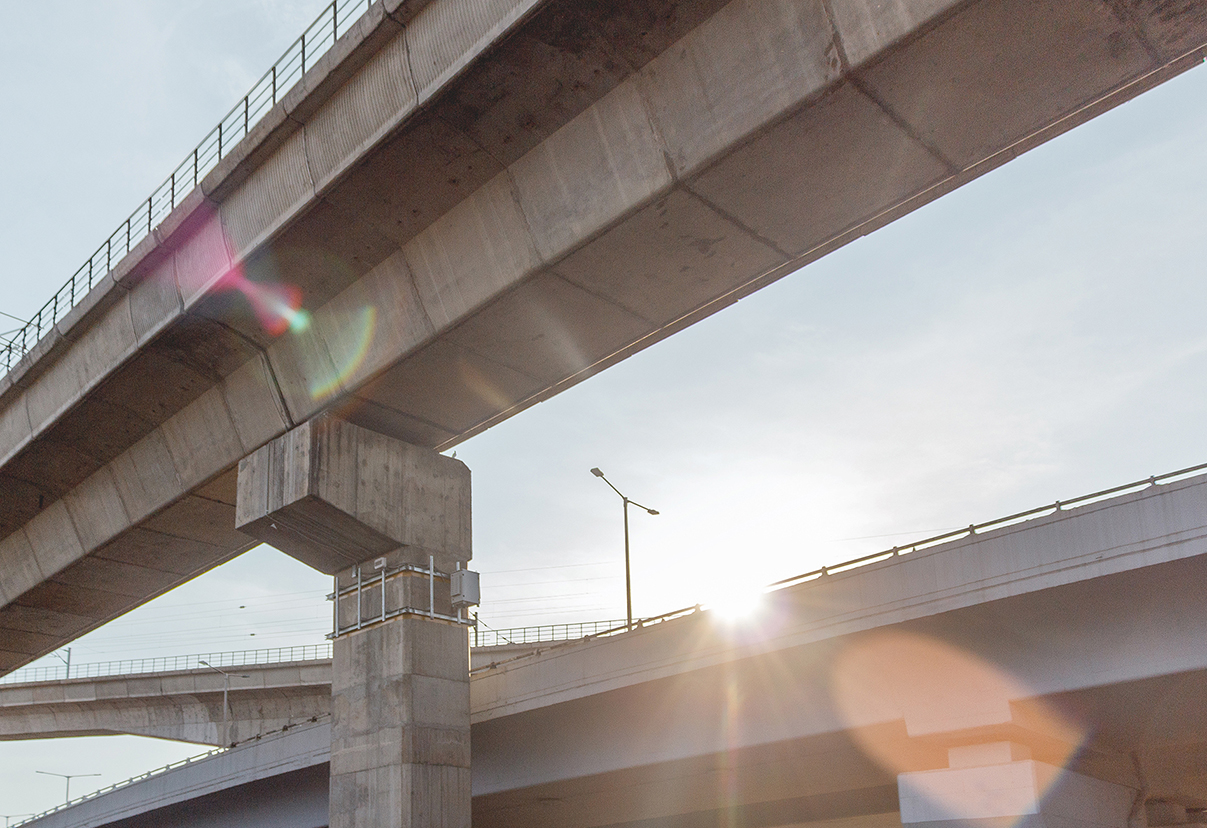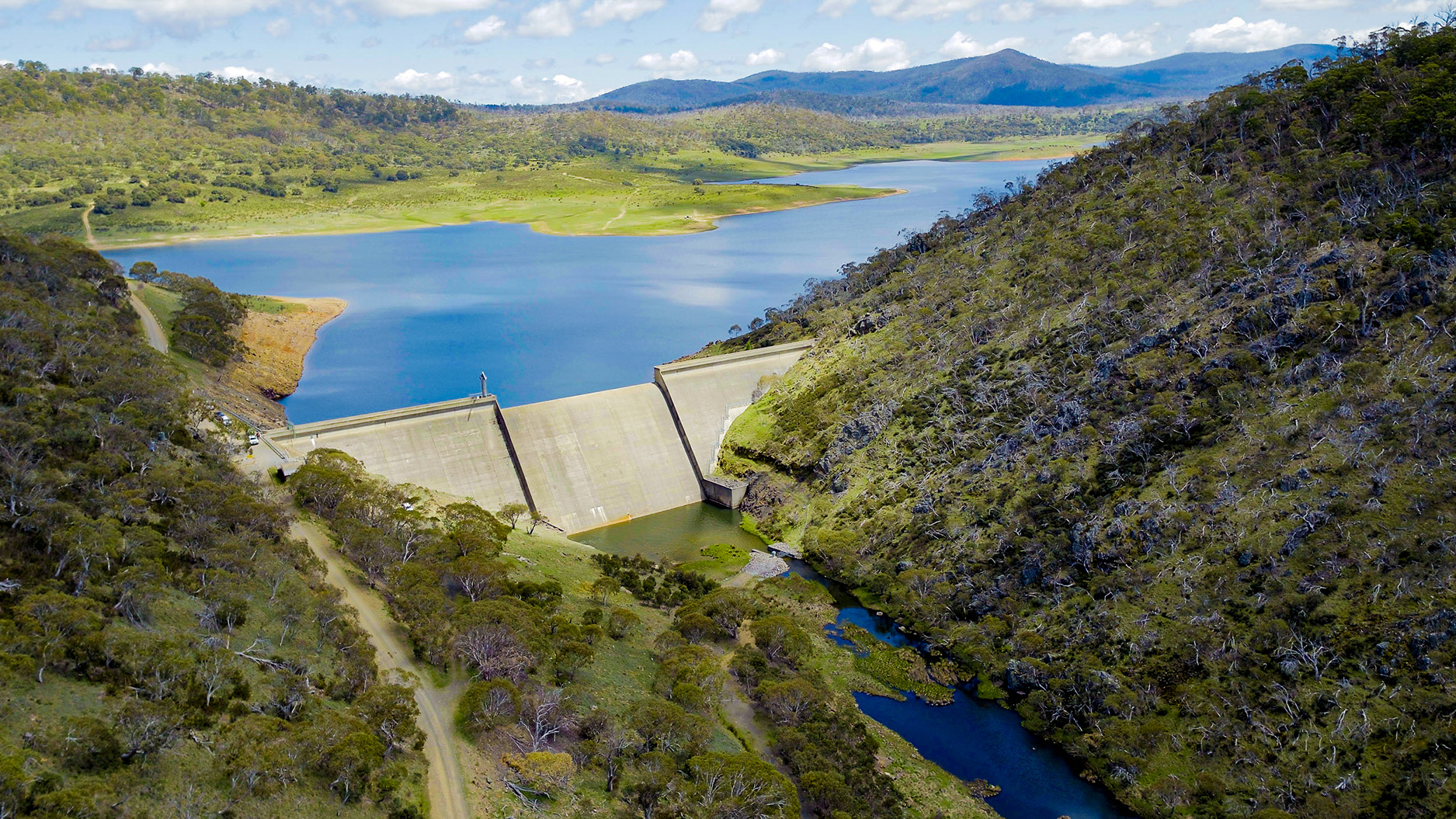

Urbanisation and its risks
Scientists over the last few years have questioned our preparation for a pandemic. Increasing urbanisation and the resultant changes in land use, the shifting interface between humans and animals, globalisation and climate change, have raised questions about the trend towards living in increasingly dense cities.
The World Health Organisation (WHO) notes that fifty-four percent of the world’s population was already living in urban areas by 2015 and that this is likely to increase to sixty-six percent by 2050.
As populations grow, so will cities. The temptation during this pandemic is to perhaps suggest that urbanisation should be scaled back, and city planning revert to lower density; however, the global reality of population increase is likely to make that infeasible. Urban sprawl and habitation at the margins, where there is a greater interface between humans and wildlife, create risks for future potential outbreaks.
The risks presented by highly urbanised areas, even in developed countries, are not solely attributable to the built form of the city – the greater impact comes from social behaviours and trends, such as globalisation, that give rise to international trade and travel. The COVID-19 pandemic shows the limitations of global supply chains and the risk associated with thousands of passengers arriving by boat and plane into ports on a daily basis. The ability to quarantine such large numbers of potentially infected people is something many countries are still struggling to deal with.
The temptation during this pandemic is to perhaps suggest that urbanisation should be scaled back, and city planning revert to lower density; however, the global reality of population increase is likely to make that infeasible.
Will cities be designed differently in a post-COVID-19 future?
There are potential lessons for engineers, designers and planners from this experience. Rather than expecting that there will be a massive trend away from the cities and back to the suburbs, it makes more sense to look at changes that could be made at both a statutory and individual level to manage the risks of ongoing urbanisation.
Adapting our regulatory environment
Many of our regulations will require a rethink. One example is that building codes could be updated to provide touch-free surfaces and to facilitate social distancing. A good example is how many public bathroom facilities have sensor-operated doors and hands-free taps and soap dispensers. The Building Code of Australia is primarily focused on the safety of occupants and the ability to have them safely exit a building in an emergency. In the future, it could potentially consider how building design could prevent and assist in the containment of pandemics.
The Planning Scheme in each jurisdiction could consider changes to zoning laws to permit a greater mix of uses. Current regulations generally categorise developments into classifications that have residential, industrial or commercial uses. There is room to consider broadening the current scope of mixed-use developments to reduce the risk of certain areas, such as large multi-tower complexes of office accommodation, becoming a pandemic hotspot in an outbreak. The layout of developments to facilitate recreation and social distancing would need to be considered. Public spaces, which have arguably long been undervalued in Australia, will take on a new focus given their increased usage during this pandemic.
Another important aspect for our industry is the role of smart cities and technology in managing future pandemics. This area shows some promise as it could assist in several ways to manage social and operational requirements during a pandemic event. Digital twins of buildings could be used to scenario plan evacuation procedures, cleaning regimes and returning to office protocols. Software can assist in allocating desks when offices are partially occupied. Security could be enhanced for the protection of staff and maintenance of essential services.
Will our homes and workplaces look different?
At an individual level, the current pandemic could influence how and where we choose to live and work. For example, the current trend towards four-bedroom houses on the city fringe and two-bedroom units in the city could change as people seek a greater range of choices in their homes so that they can be closer to family, have more support during social isolation, or have access to greener space.
Greater housing diversity from small lots through to multi-family dwellings may improve social outcomes in the event of future pandemics. Hot desking and co-working spaces, popularised in recent years, will need to be reconsidered as social distancing measures remain in place over the medium to long term. Changes to office layouts and communal areas may support social distancing and make it easier to clean and disinfect these spaces. More people working from home may increase support for extended remote working. Home design will need to consider office spaces for potentially more than one occupant at a time.
While the long-term impacts of the COVID-19 pandemic on cities are yet unknown, the current crisis will likely have a material impact on the way we design cities in the future. Apart from short-term changes to the way we work and the locations we work from, other impacts could include potential changes to regulatory frameworks, legislation and building codes. Over the longer term, I believe that digital solutions can present more sustainable means of planning and managing any outbreaks of the future.
Related
insights
 A reliable delivery partner: Progressing essential infrastructure during COVID-19
A reliable delivery partner: Progressing essential infrastructure during COVID-19
India, Bangladesh and other South Asian nations have been battling a resurgence of COVID-19 for the past several months, with strict lockdown measures enforced in many cities.
 Fortitude and resilience key to success
Fortitude and resilience key to success
International student and engineer, Dennis Muyonga, speaks to Joel Hill, Team Leader Tunnels, about what it’s been like completing his Master of Engineering in Australia during a pandemic.
 Unlocking urban development in Australia after lockdown
Unlocking urban development in Australia after lockdown
The COVID-19 pandemic has brought challenges to all aspects of our lives and our industry. Many Australian state and territory governments have been proactive in fast-tracking development approvals as a way of stimulating our economy, but what else can we do to unlock urban development post-lockdown?




